Our Resiliency Engineering Software Concept of Operations (CONOPS)
By way of background information, our Resiliency Engineering Software CONOPS is predicated upon correlating the characteristics and events between the power oscillation vantage point (Figure 1) and system instability vantage point (Figure 2). Machine learning is utilized for the ensuing node correlations among the involved power oscillation and system instability elements (Figure 3). Collectively, Figures 1 through 3 present a logical progression of: (1) Power Oscillation, (2) System Instability, and (3) Node Correlations of Oscillation and Instability.

Figure 1
Power Oscillation

Figure 2
System Instability

Figure 3
Node Correlations of Oscillation and Instability
Logical Progression from Power Oscillation to System Instability to Node Correlations of Oscillation and Instability
Our Resiliency Engineering Software Operational Viewpoint (OV)
Our Resiliency Engineering Software OV is predicated upon instilling a pragmatic and robust power oscillation and system instability ontology (Figure 4), utilizing an adaptive weighting schema (Figure 5), and arriving at an effective oscillation detection and classification system (Figure 6). Collectively, Figures 4 through 6 present a logical progression of: (1) a Power Oscillation and System Instability Ontology, (2) Power Oscillation and System Instability Adaptive Weighting Schema, and (3) an Oscillation Detection and Classification System approach vector.

Figure 4
Power Oscillation and System Instability Ontology

Figure 5
Power Oscillation and System Instability Adaptive Weighting Schema

Figure 6
Oscillation Detection and Classification System
Logical Progression from Power Oscillation and System Instability Ontology to a Power Oscillation and System Instability Adaptive Weighting Schema to an Oscillation Detection and Classification System approach vector
Our Resiliency Engineering Software User Interface (UI)
Our Resiliency Engineering Software UI and underlying capabilities were designed based upon years of working experience, conferring with subject matter experts in the field, and collaborating with practitioners. In a systematic technical innovation progression fashion, the various features/modules of the Resiliency Engineering Software exited various Technology Readiness Level (TRL) stages in accordance with the relevant exit criterion: (1) Exit TRL 1 - peer reviewed conference presentations, (2) Exit TRL 2 - memorialized affirmation of the Concept of Operations (CONOPS), (3) Exit TRL 3 - the results agree with the posits of the parameters, (4) Exit TRL 4 - documented performance in a relevant environment, (5) Exit TRL 5 - prototype implementation (i.e., alpha version) developed, and (6) Exit TRL 6 - prototype implementation demonstrated on a full-scale realistic problem. A snapshot of the current version of the Resiliency Engineering Software UI is shown in Figure 7.

Figure 7
Resiliency Engineering Software User Interface (UI)
Our Resiliency Engineering Software and Assessment Framework are a Highly Effective Combination
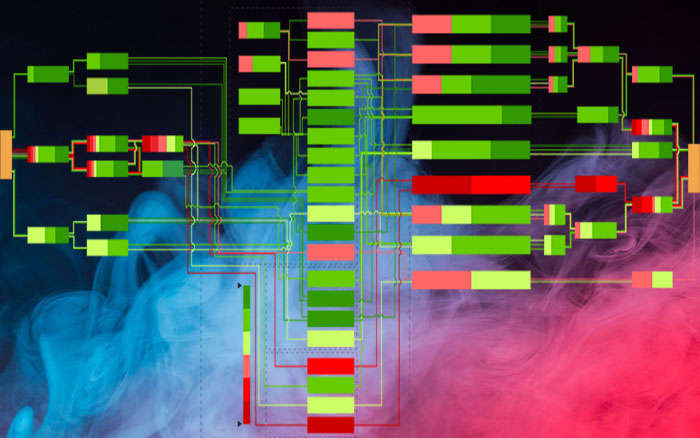
Modern-day infrastructural ecosystems are complex, and our Resiliency Engineering Software can mitigate against these "digital fog" environs.
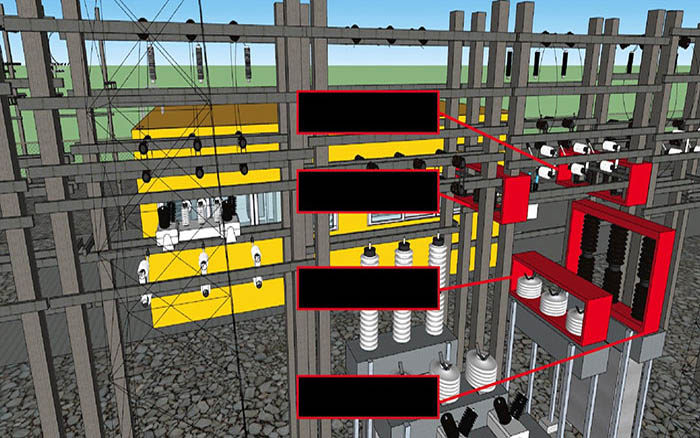
Resiliency Engineering builds upon the discipline of Reliability Engineering, which is a sub-discipline of systems engineering, which our software is rooted in.
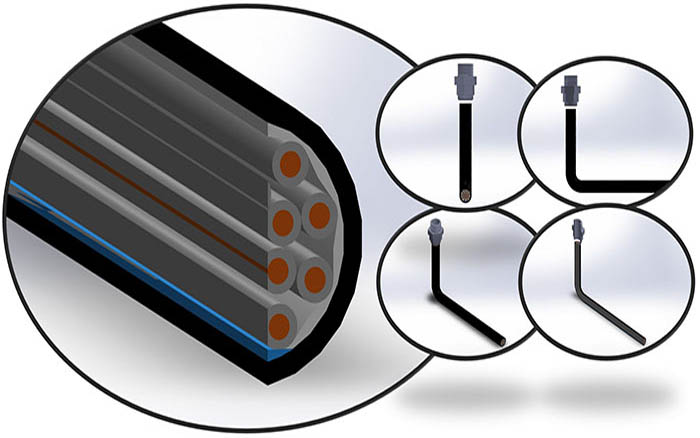
Our Resiliency Engineering Software and Assessment Framework have been successful in highlighting Failure Mode Effects and articulating Criticality Analysis.
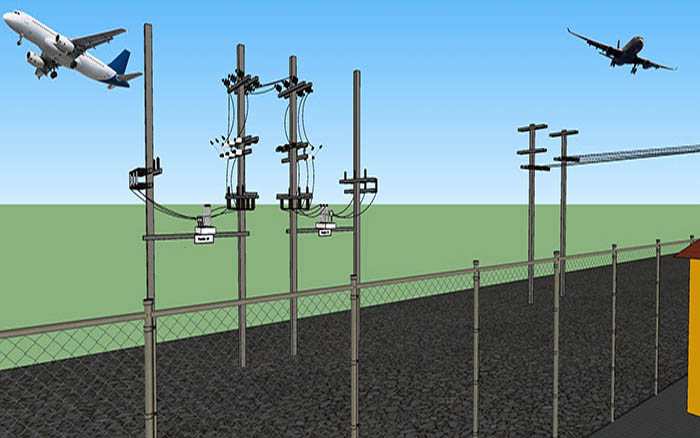
Our Resiliency Engineering Software and Assessment Framework successfully incorporate both the Inductive and Deductive Analytical Methods approaches.
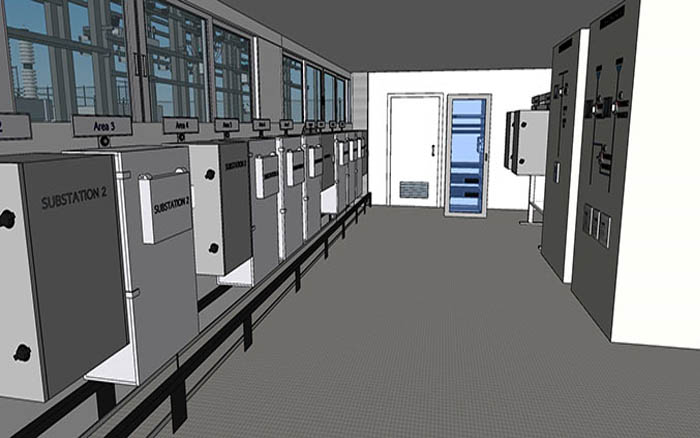
Our Resiliency Engineering Software and Assessment Framework approach to Failed-Part Analysis includes various failure analyses, which inform Root-Cause Failure Analysis.
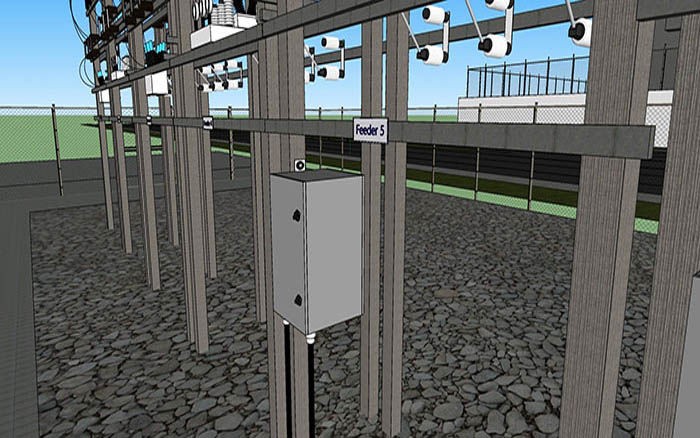
Our Resiliency Engineering Software and Assessment Framework approach to Root-Cause Failure Analysis elegantly illuminates System Brittleness versus System Malleability.
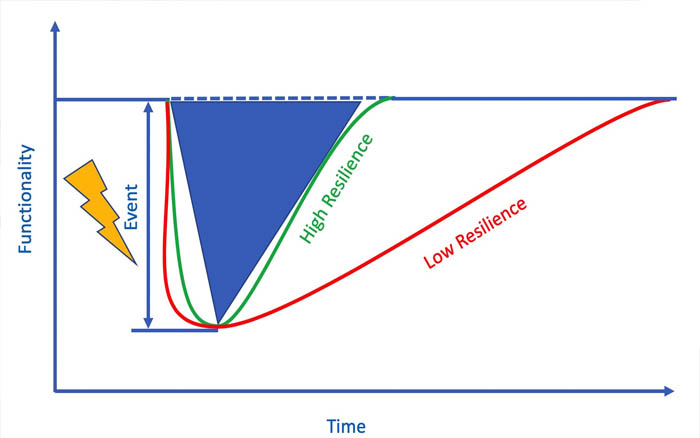
Our Resiliency/Malleability Analytics is a key tool for Resiliency Engineering, as it provides both quantitative and qualitative insights, which can inform mitigation actions.

Our Resiliency Engineering Software and Assessment Framework-based consulting services are invaluable for identifying mitigation actions and enhancing resiliency.
© ResiliencyEngineering.org















